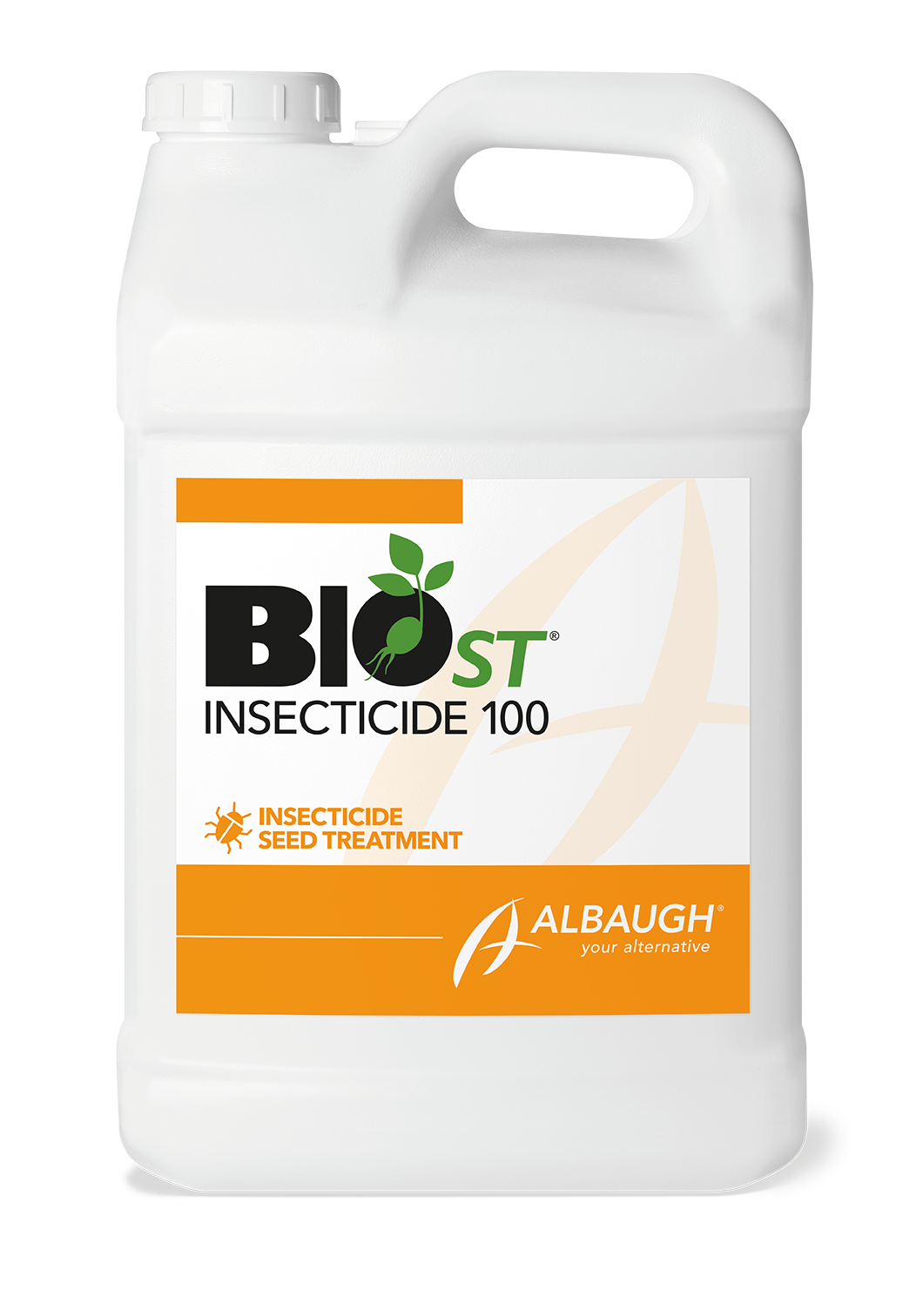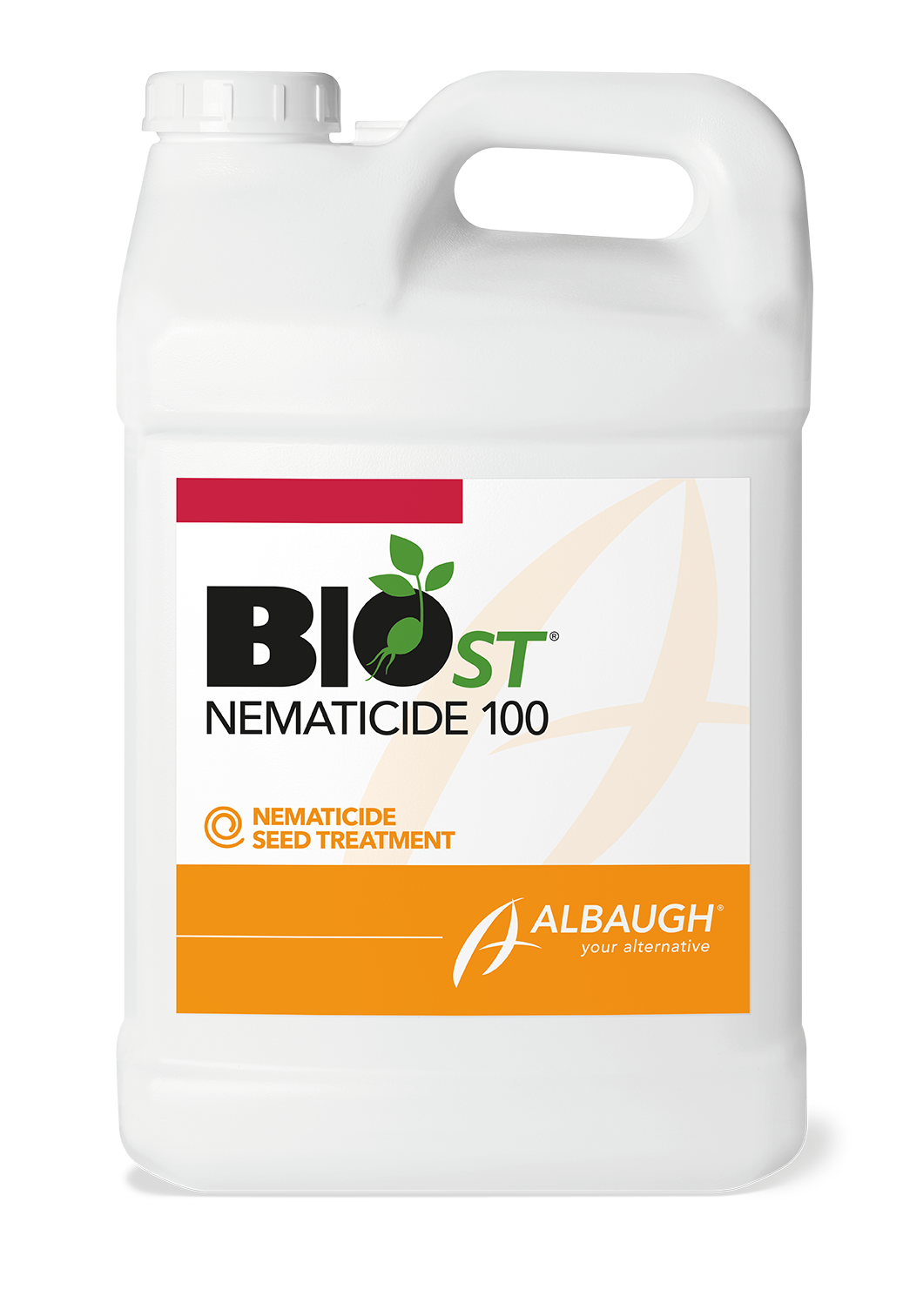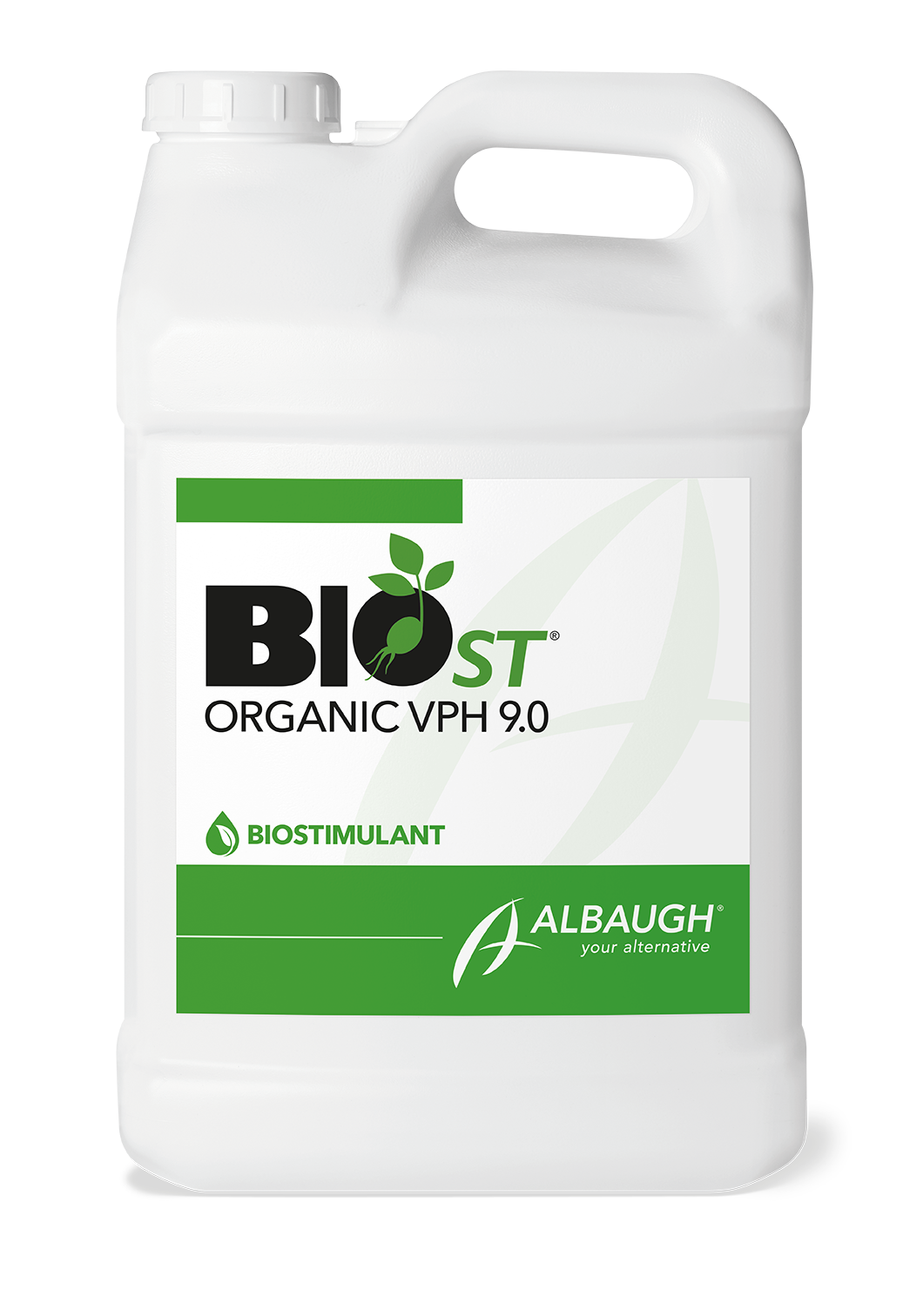
BIOST® Insecticide 100
15 gal, 30 gal, NR 265, bulk
BIOST® Insecticide 100 seed treatment provides you with a flexible and proven "alternative" for enhanced insect protection. BIOST insecticide is a user-friendly formulation, non-living active ingredient in a very stable formulation that is compatible with many synthetic and biological seed treatments.
Find A RepProduct Type:
Biologicals
Insecticides & Nematicides
Crops
Active Ingredient:
Product Features:
Registered
Not Registered




